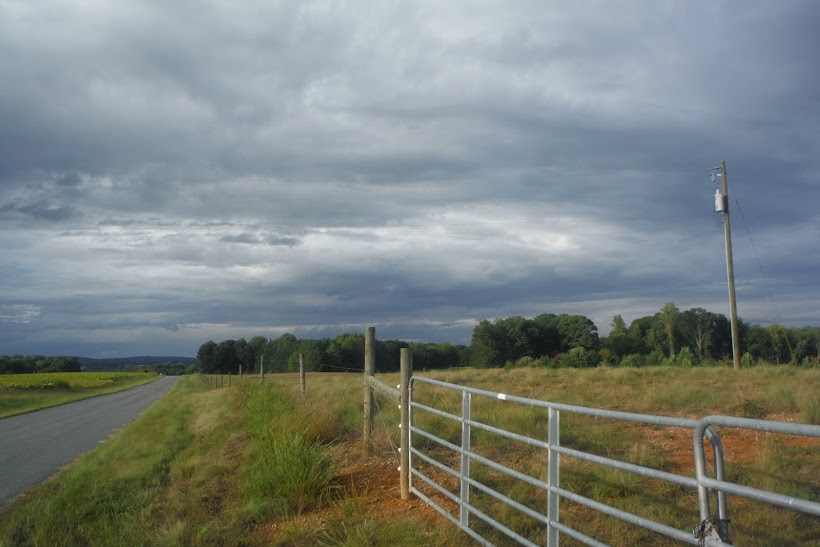Looking at HUC codes in a manner than actually meant something to me was enlightening. Ah ha! The 8-digit code is a broad identifier: We are in the Banister River Hydrologic Unit.
The 10-digit code is a bit more defined: We are in the Sandy Creek Hydrologic Unit.
The 12-digit code is even more specific: We are in the Upper Sandy Creek Hydrologic Unit.
In Virginia, the Department of Conservation and Recreation (DCR) has a great website that helps you find your HUC code by latitude/longitude, an address, searching a map, etc.
http://dswcapps.dcr.virginia.gov/htdocs/maps/HUExplorer.htm
Wait a minute. I thought we were talking about watersheds. What is a hydrologic unit?
In contrast, hydrologic units are drainage areas that are delineated so as to nest into a multi-level hierarchical drainage system. Aside from the surface waters that are collected within the boundary of a hydrologic unit, it may also accept water from one or more points outside of the unit’s boundary. The tidal portion of the James River is a good example. It can be a hydrologic unit but not a watershed, because water enters this unit from both the non-tidal (Piedmont) James River at Richmond and the Appomattox River at Hopewell. Additionally, hydrologic units may include associated surface areas whose drainages do not connect, thus resulting in multiple outlet points. This is usually the case with coastal frontage units such as those containing multiple outlets to the Chesapeake Bay or Atlantic Ocean (DCR)."
So HUCs are a great way to quickly find your watershed, but beware, HUCs may contain more than just the watersheds associated with a river system.
Virginia Department of Conservation and Recreation (DCR). (2015). Hydrologic Unit Geography. Retreived from: http://www.dcr.virginia.gov/soil_and_water/hu.shtml




No comments:
Post a Comment